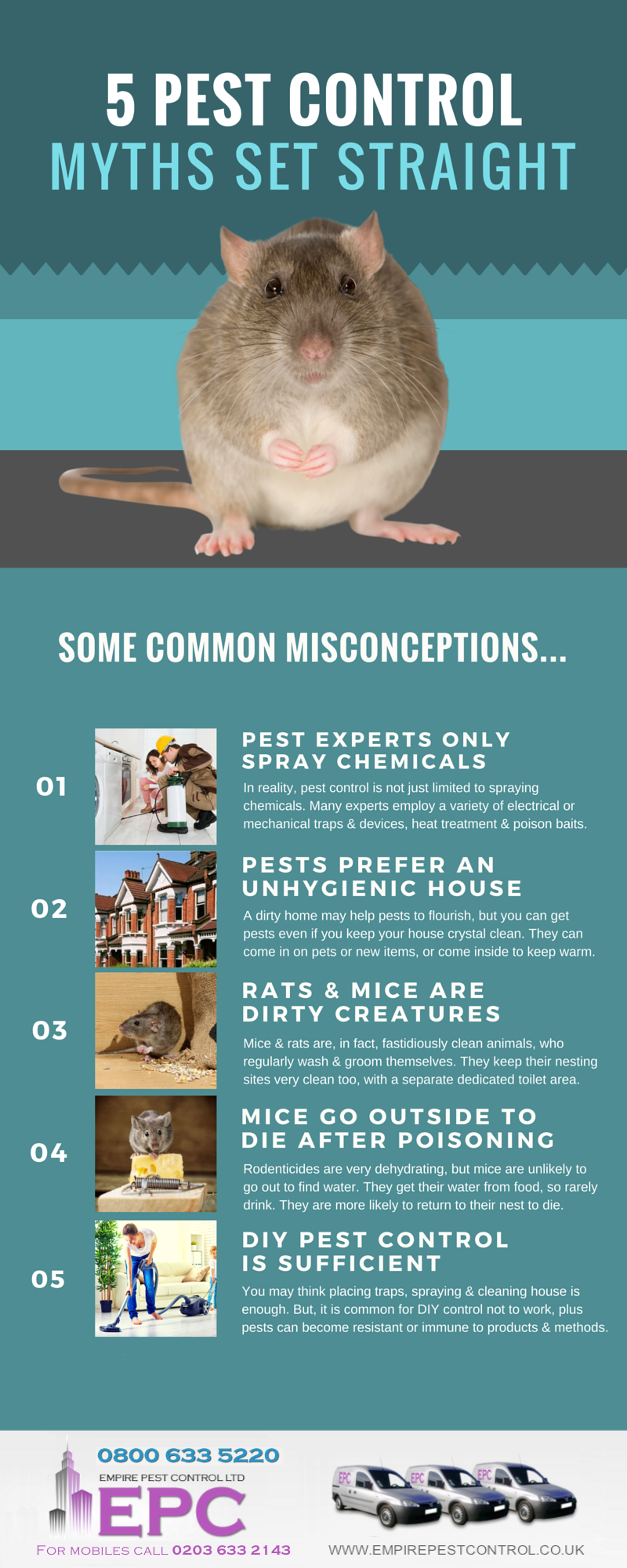Take Advantage Of The Power Of Understanding Rodent Nesting Behaviors To Outsmart These Creatures And Grasp Your Rodent Control Methods
Take Advantage Of The Power Of Understanding Rodent Nesting Behaviors To Outsmart These Creatures And Grasp Your Rodent Control Methods
Blog Article
Created By-Talley Thorsen
When it concerns rodent control, recognizing typical rodent habits is crucial to properly taking care of infestations. Did you understand that rodents have some fascinating nesting behaviors that might surprise you? By exploring web link , you can obtain useful insights right into just how to deal with rodent concerns in an extra critical and efficient fashion. So, allow's unwind the secrets behind these creatures' actions and discover how to outmaneuver them in your rodent control efforts.
Rat Nesting Habits
When observing rats in their natural environment, you'll see that they proactively choose products to build their nests. Rodents, such as mice and rats, are clever animals that use a selection of products like branches, leaves, paper, and textile to develop their homes. They're meticulous in their nest-building process, typically lining their nests with softer products like hair or feathers to produce a comfy atmosphere.
Rodents like to build their nests in concealed and safe and secure areas to safeguard themselves and their young from killers. Common nesting places include wall surface tooth cavities, attics, cellars, and also within insulation products. By building their nests in these remote locations, rats can safely raise their spawn away from potential risks.
It is essential to understand the nesting practices of rodents when carrying out control measures. By disrupting their nests or removing products, you can dissuade rodents from establishing an existence in your home or property. Correct cleanliness and sealing off entry points are additionally essential steps in preventing rodent infestations.
Rodent Feeding Patterns
After observing rodents' nesting routines, it becomes apparent that their feeding patterns play a vital role in their lives and behaviors. Rodents, including mice and rats, are opportunistic feeders, meaning they'll take in whatever food resource is readily available. They're mainly nocturnal animals, liking to forage for food throughout the cover of evening to stay clear of killers.
Rodents have a varied diet plan, varying from grains, seeds, fruits, and veggies to bugs, nuts, and even small animals. This versatility in their food selections enables them to flourish in numerous settings, consisting of metropolitan locations where human food sources are abundant.
Their feeding patterns aren't only driven by hunger but also by the requirement to stock food for times of shortage. This behavior is especially obvious in preparation for cold weather or when nesting. Rodents are understood to hoard food in their nests or burrows, guaranteeing a constant food supply. Recognizing linked website feeding patterns is vital in implementing effective rodent control actions to disrupt their food sources and protect against invasions.
Rodent Activity and Travel
Rodents navigate their environments with agility and stealth, utilizing their keen detects to move promptly via their atmospheres. These creatures are skilled climbers, able to scale walls and upright surface areas with ease. They can likewise squeeze with surprisingly tiny openings, making it critical to seal any possible entrance factors in your house.
When it comes to traveling, rodents have a tendency to follow acquainted paths, creating tracks along wall surfaces or skirting the sides of spaces. They're creatures of habit, often sticking to these developed paths as they forage for food or discover their environments.
Rats are understood for their nighttime routines, so you might hear them scooting around in the evening as they search for food and water. Their activities fast and irregular, permitting them to dart in and out of view in the blink of an eye.
Comprehending exactly how rats move and take a trip can help you determine prospective invasion areas in your home and take aggressive steps to stop these pests from getting a foothold.
Final thought
As you work to control rodents in your house, keep in mind that understanding their actions is vital. By identifying their nesting routines, feeding patterns, and motion, you can properly stop problems.
Coincidentally, by taking aggressive procedures to remove food resources and seal off entrance points, you can disrupt their acquainted courses and compel them to choose new places, ultimately lowering the probability of rodent visibility in your space.
